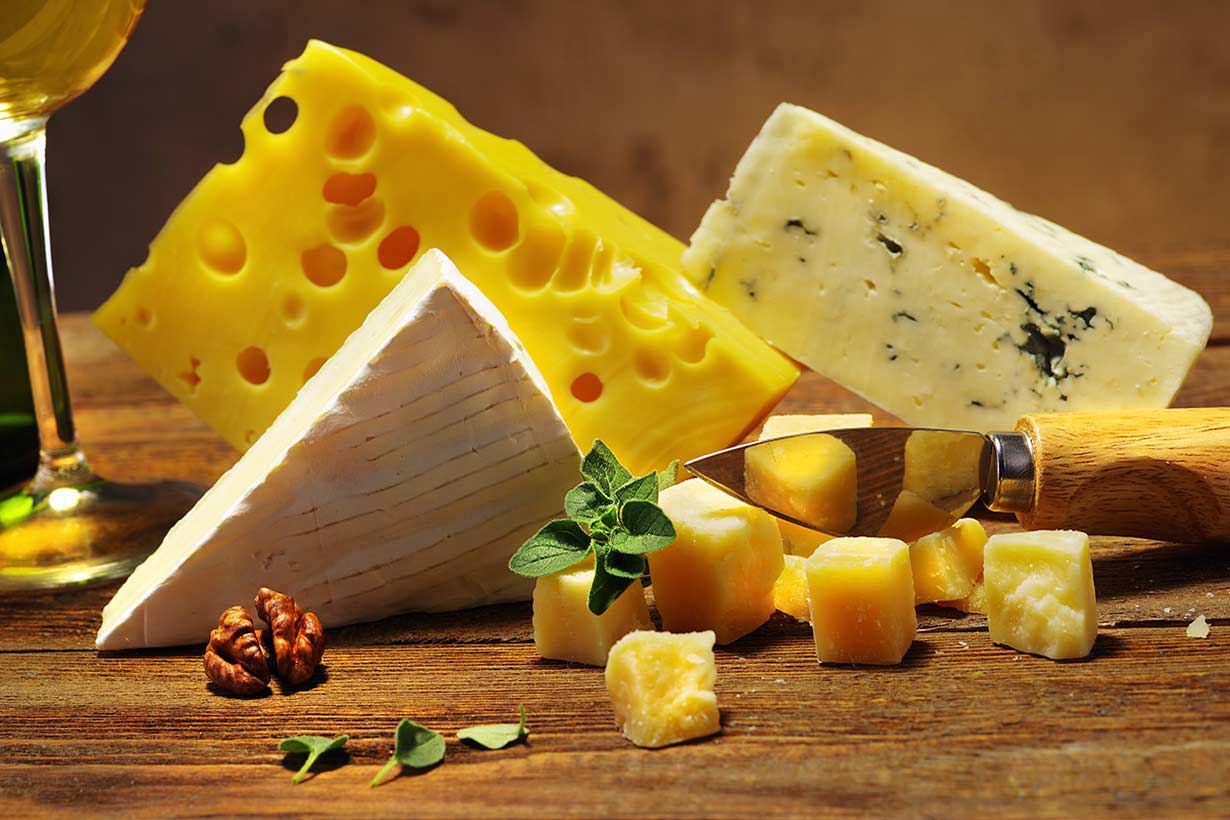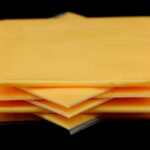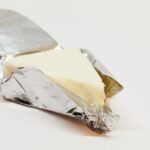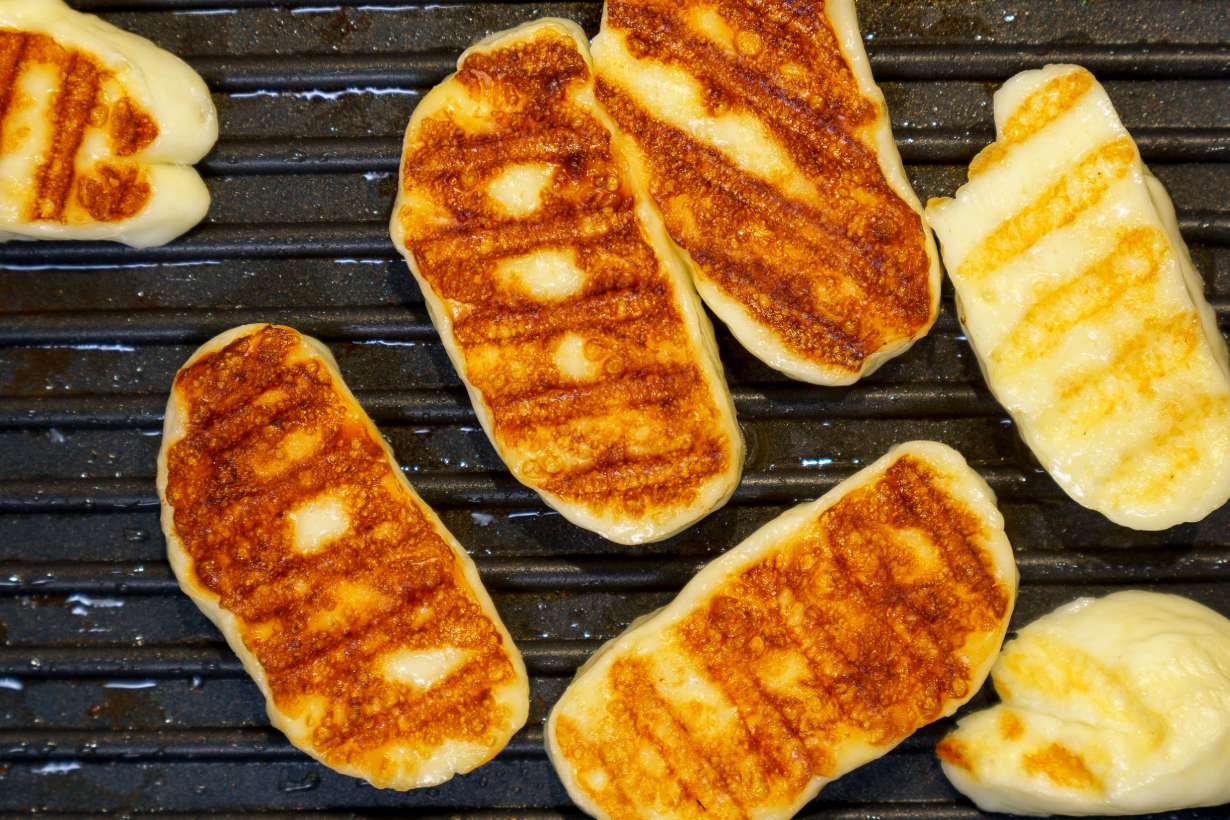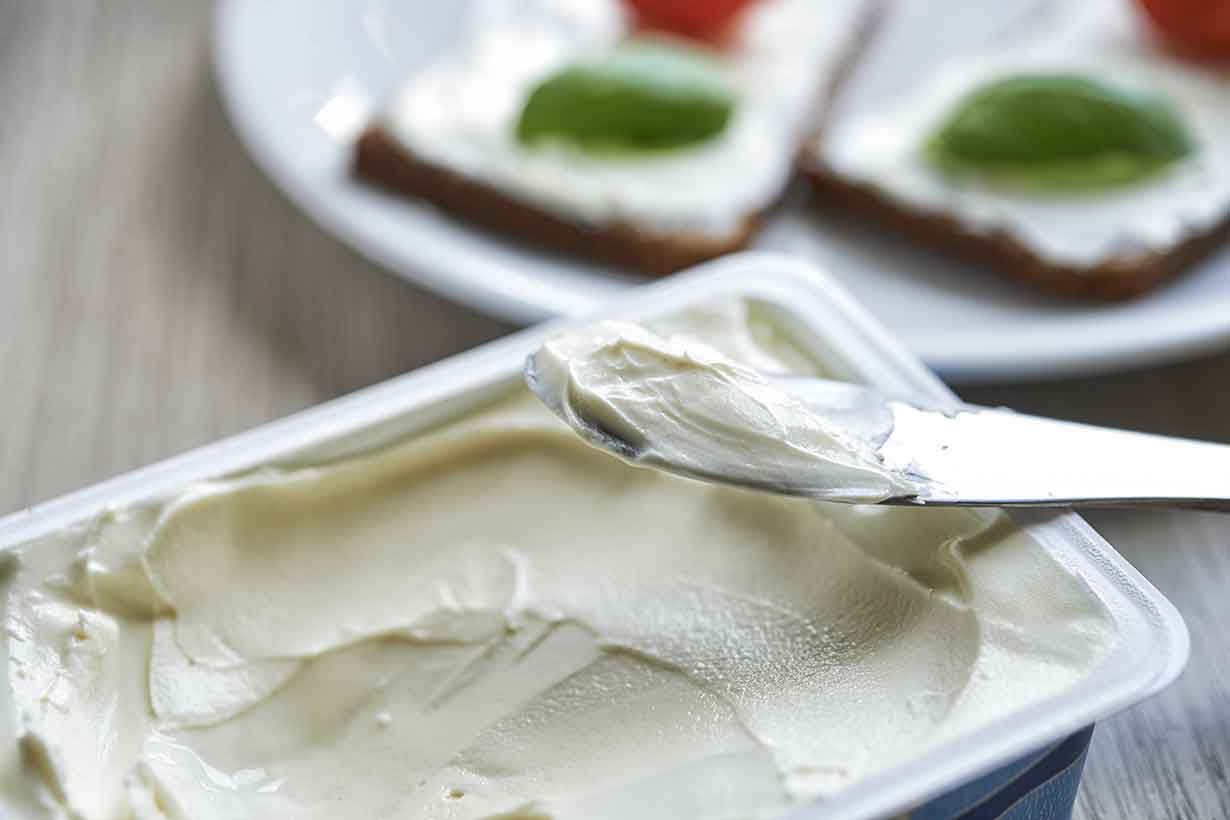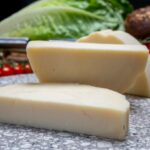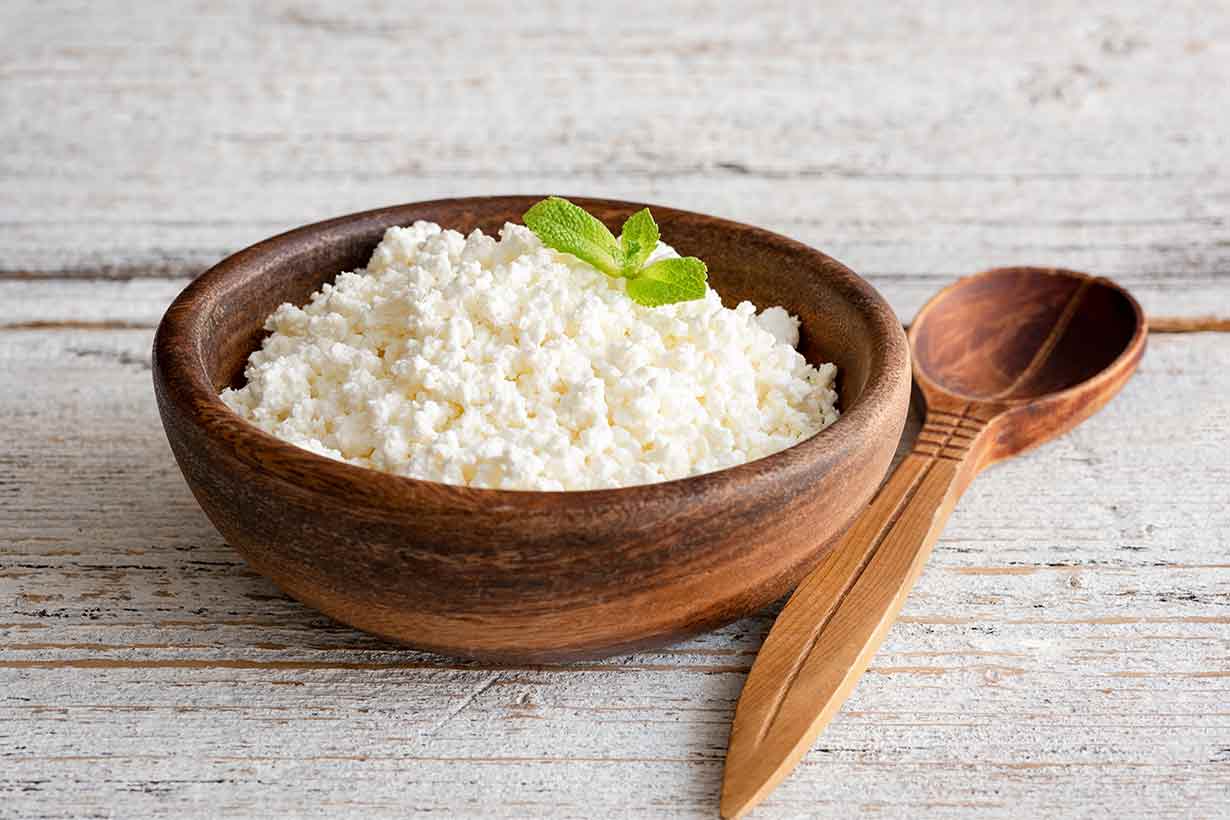String cheese is a popular type of cheese that has a thread-like texture.
When eating this cheese, it is possible to peel individual strings of cheese from the product.
However, since it is a processed cheese product, there are queries over how healthy (or not) string cheese might be.
This article provides a complete guide to string cheese, how it is made, its ingredient profile, and nutritional values.
Is it a healthy choice?
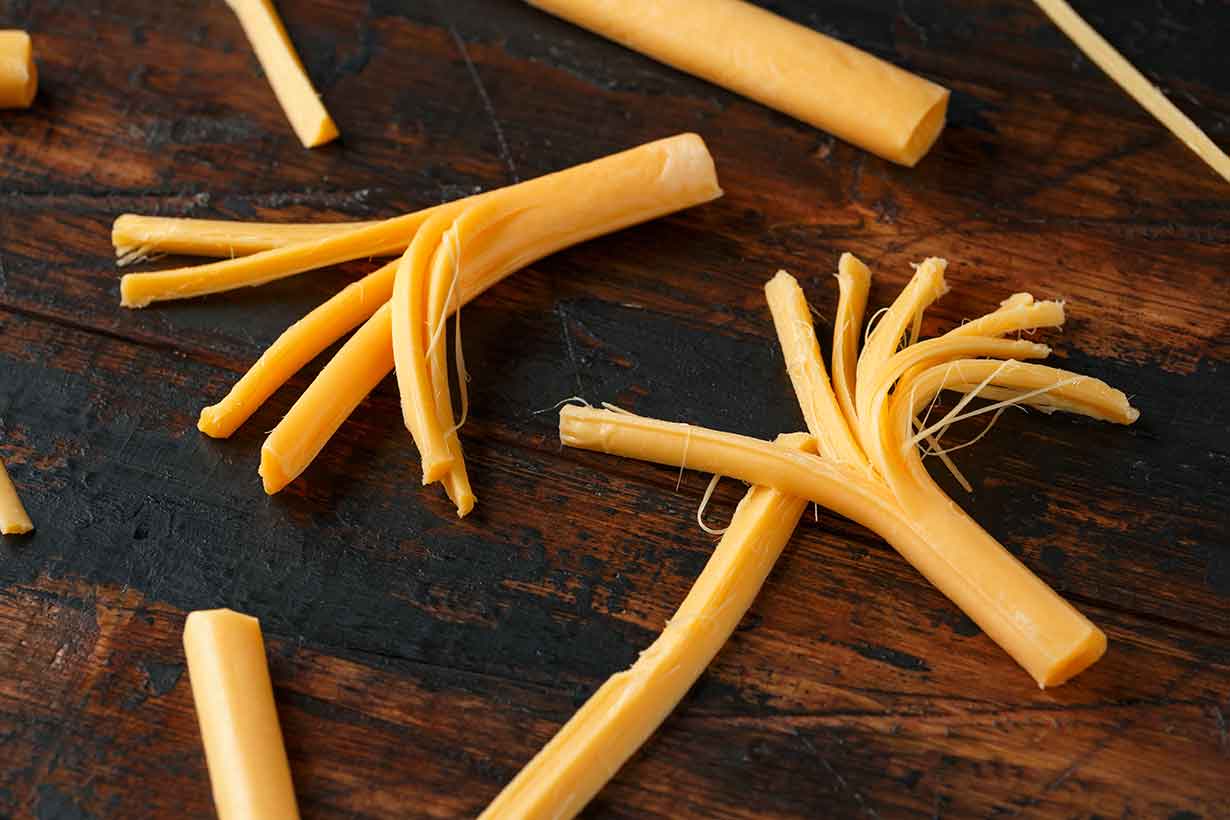
How Is String Cheese Made?
With its strange and stringy texture that differs from traditional cheese, some people may wonder what chemical additives string cheese contains.
The answer to that question is none, and the production process of string cheese is rather more simplistic.
First of all, the process starts with a piece of fresh cheese.
This cheese is usually Mozzarella, but other types of cheese, such as Cheddar, may also be used. The goal in the production of string cheese is that the finished product should be peelable into strands.
According to the Oxford Companion to Cheese by Catherine Donnelly, this involves a ‘plasticization’ process. Although ‘plasticization’ may sound scary, it is just a word used to describe changes in structural properties due to heat treatment.
This simple process involves heating the cheese curd to a temperature of 135-140°F (57-60°). For this purpose, the cheese is immersed in hot water or brine with a temperature of 172°F (78°C) while being kneaded and stretched.
The plasticization process changes the alignment of proteins, calcium, and fibers in the cheese, allowing it to form string threads when peeled.
String Cheese Ingredients
Since string cheese is usually just heat-treated mozzarella cheese, the ingredients profile is very straightforward.
A typical string cheese product contains the following ingredients (1):
- Pasteurized milk
- Cheese cultures
- Salt
- Enzymes
It is also possible to find reduced-fat string cheese, which has a similar ingredients profile.
However, the primary difference here will be the use of part-skim milk in substitution for whole milk. Also, there may be an addition of vitamin A to offset the loss of the natural vitamin A which is present in whole milk.
An example ingredients list of reduced-fat string cheese is (2):
- Pasteurized part-skim milk
- Cheese cultures
- Salt
- Enzymes
- Vitamin A palmitate
Nutrition Facts
The following nutritional values are for one serving (1-oz/28 grams) of string cheese, based on data from the NCC Food and Nutrient Database.
| Calories/Nutrient | Amount |
|---|---|
| Calories | 84 kcal |
| Carbohydrates | 1.58 g |
| Fiber | 0 g |
| Sugars | 0.54 g |
| Fat | 5.61 g |
| Saturated | 3.20 g |
| Monounsaturated | 1.45 g |
| Polyunsaturated | 0.24 g |
| Protein | 6.73 g |
Vitamins
- Vitamin B12: 20% DV
- Riboflavin (B2): 8% DV
- Vitamin A: 7% DV
- Folate: 2% DV
- Vitamin B6: 2% DV
- Pantothenic acid (B5): 2% DV
- Vitamin D: 1% DV
- Choline: 1% DV
- Vitamin E: 1% DV
- Thiamin (B1): 1% DV
- Vitamin K: 0.3% DV
- Niacin (B3): 0.2% DV
As shown above, just one stick of string cheese offers a significant amount of vitamin B12.
Vitamin B12 is an important nutrient that plays crucial roles in the formation of DNA, nervous system function, and cell metabolism (3).
A sufficient dietary intake of vitamin B12 is also vital for preventing anemia, a condition often caused by B12 deficiency (4, 5).
Minerals
- Calcium: 15% DV
- Selenium: 14% DV
- Phosphorus: 12% DV
- Zinc: 9% DV
- Sodium: 8% DV
- Magnesium: 2% DV
- Potassium: 1% DV
- Copper: 1% DV
- Manganese: 0.4% DV
- Iron: 0.3% DV
String cheese is a good source of several minerals, but most notably calcium and selenium.
Calcium is found in most dairy products and is a vital mineral for building and maintaining strong bones. According to a recent systematic review, daily supplementation with calcium and vitamin D is associated with decreased risk of fractures (6, 7).
Selenium has several vital functions within the immune system, and it is necessary for producing various selenoenzymes that act as antioxidants in the body (8, 9).
String Cheese Is An Excellent Source of Protein
String cheese is relatively protein-dense with approximately seven grams of protein per stick.
For a high-protein meal, combining two sticks of string cheese with two hard-boiled eggs, an ounce (28g) serving of nuts, and some fresh fruit provides nearly 30 grams of protein.
A Portable and Nutritious Snack
Generally speaking, many popular snacks that offer portability and convenience are not great sources of nutrients.
For example, foods like candy, potato chips, cakes, and cookies are all very convenient and often have an enjoyable taste. Unfortunately, they are also high in calories, refined carbohydrates, added fats, and almost devoid of essential nutrients.
On the other hand, a stick of string cheese is easy to slip into a lunchbox. The product is also relatively low in calories, high in protein, and it supplies a good range of vitamins and minerals too.
Note: Babybel is an excellent portable cheese snack too.
There are also single-serve processed cheese products such as The Laughing Cow cheese.
Fun For Children
In addition to being a convenient and nutritious snack, string cheese is also appealing to children.
While a regular slice of Cheddar in their lunchbox might seem unappealing to some children, string cheese is a fun experience and offers the same nutritional benefits as regular cheese.
Even adults enjoy peeling individual strings from their cheese, which children find enjoyable too.
It is a fun snack to eat.
Are There Any Drawbacks To String Cheese?
As previously mentioned, string cheese has no strange ingredients or additives, and the product is just regular cheese that has been heated and stretched.
However, one downside to string cheese is that it doesn’t represent the same gram-for-gram value as regular cheese.
In other words, the packaging, marketing, and ability to peel the cheese all result in slightly extra cost to the consumer.
It’s Easy To Make String Cheese At Home
Another point to note is that it is relatively simple to make homemade string cheese.
While there is nothing wrong with store-bought versions, this could be an excellent way to save a bit of money.
In reality, it involves the simple process of having some available Mozzarella and heating and stretching it.
The website Cultures For Health has a simple guide on how to make homemade string cheese.
Final Thoughts
String cheese is affordable and reasonably nutritious. It is also fun to eat, which makes it an appealing choice for those with young children.
While string cheese will never compete with high-quality cheese for taste, it isn’t supposed to, and it does an excellent job of being a convenient snack for a fair price.
Overall, string cheese is one of the healthier on-the-go snack options.

